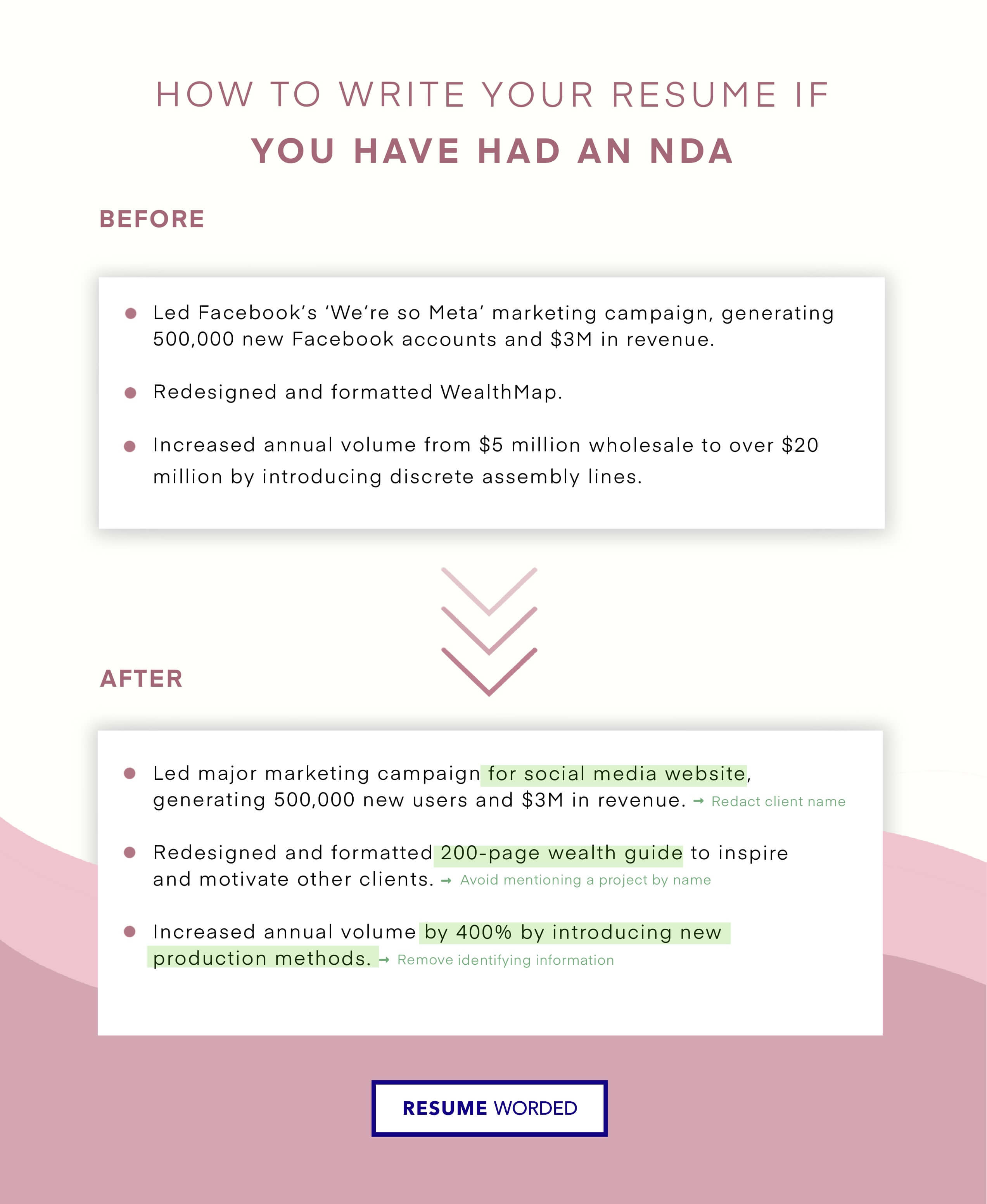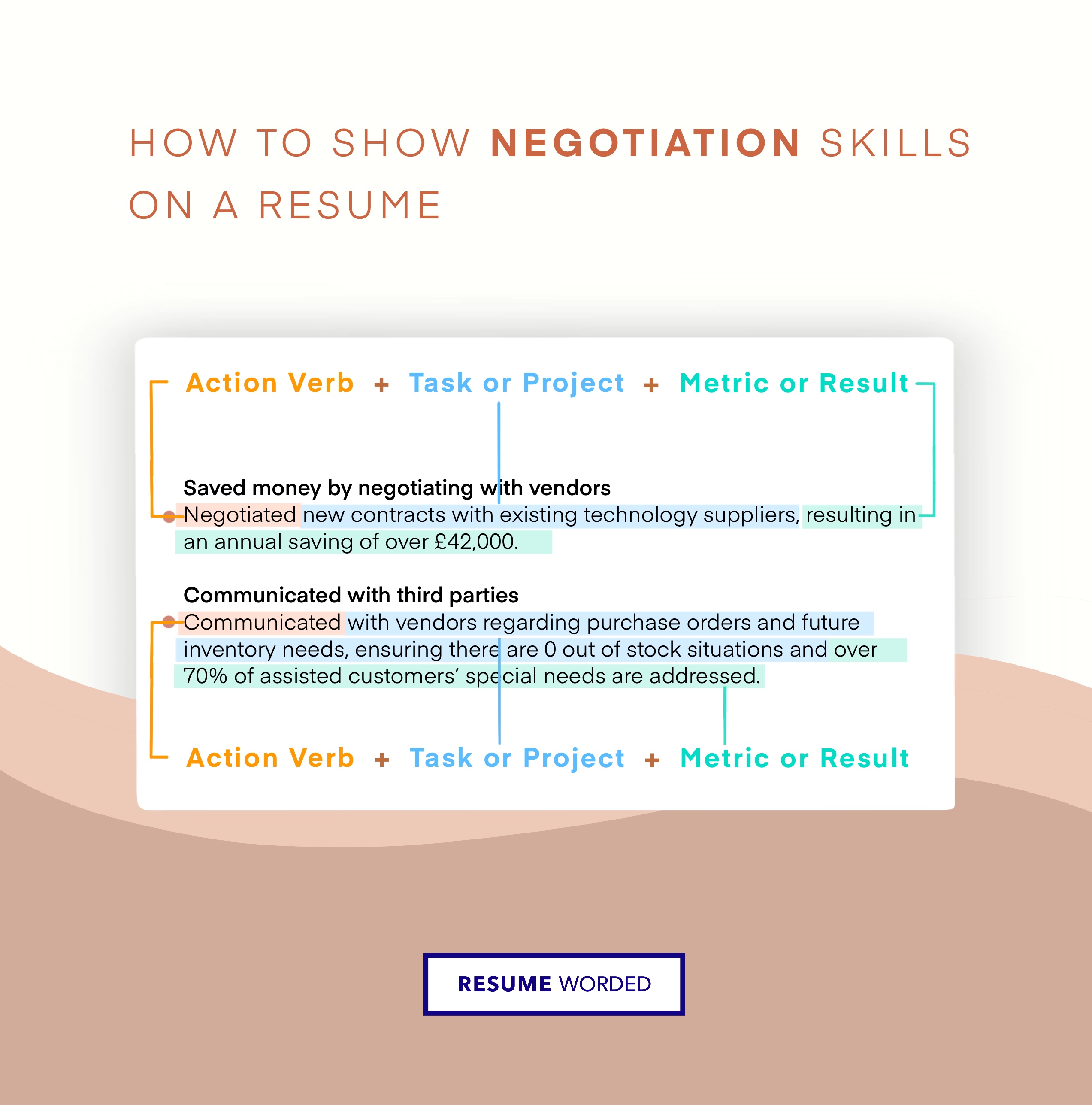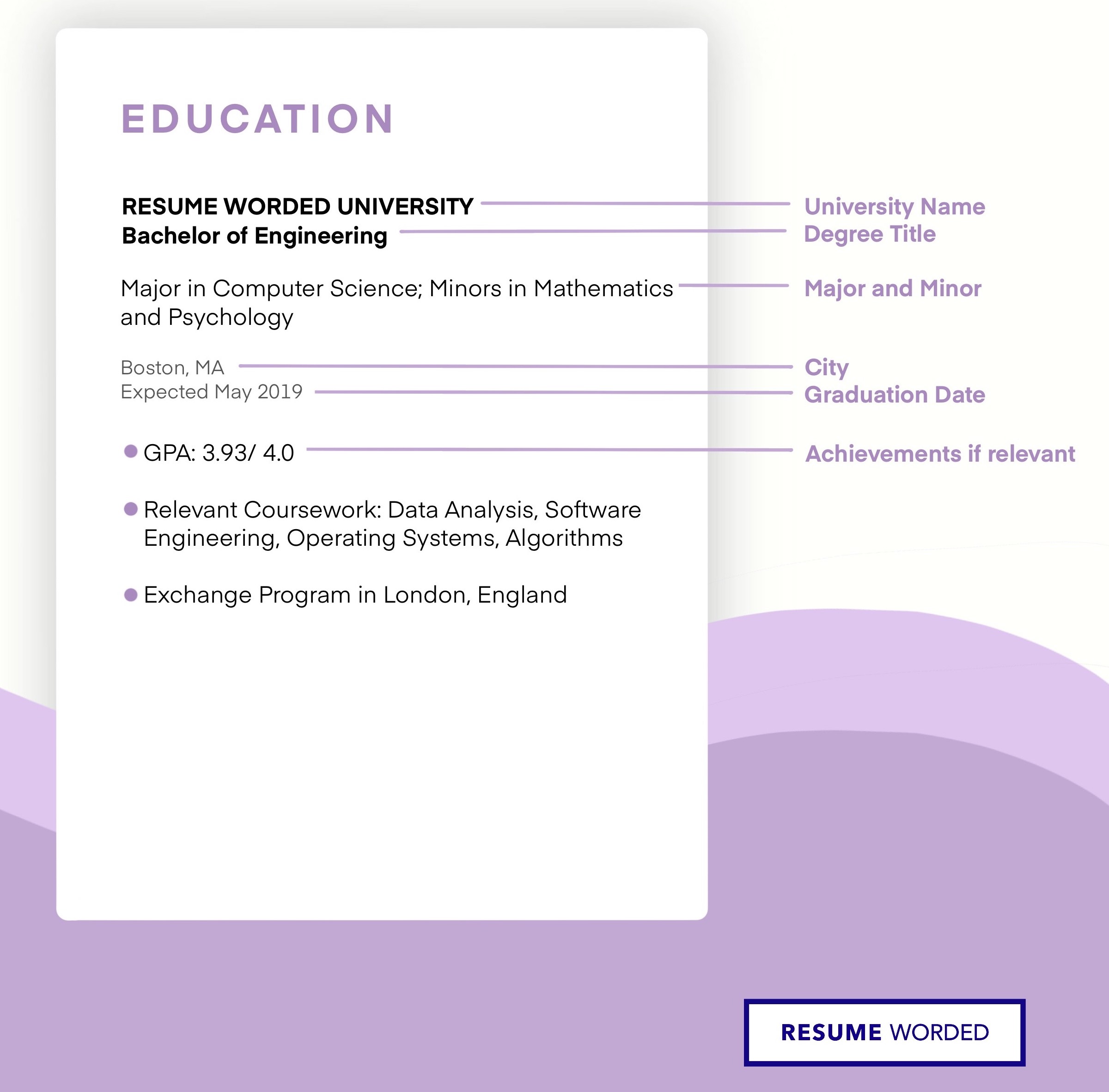NDAs (non-disclosure agreements) aren’t uncommon, but they can be tricky to work with — especially if you’re trying to write a resume with an NDA in mind.
What is an NDA? Basically, it’s an agreement between you and a client or employer that you won’t talk about certain aspects of your work. This could include sensitive information, details of unreleased projects, or even the name of the client.
An NDA might seem like a dealbreaker for a resume — after all, how do you talk about your work if you can’t actually say anything about it? — but it doesn’t have to be. Here’s how to write an effective resume without violating your NDA.
How to deal with an NDA on a resume
- Read the exact terms of the NDA. Make sure you’re familiar with exactly what it prohibits.
- Obscure identifying information.
- Focus on your contribution rather than the overall project.
- Explicitly mention that you’re under NDA so the lack of details doesn’t look odd.
Let’s go over each of those steps in a little more detail.
Familiarize yourself with the NDA
No two NDAs are exactly alike. NDAs vary in how strict they are, so make sure you know where the limits are. Can you talk about what you did for a project but not mention it by name? Reveal that you worked for a company but not the details of what that work entailed? It’s unlikely that you’ll need to leave it off your resume entirely, unless it was a matter of national security, so knowing exactly what you can and can’t say is an essential first step.
Look for information like:
- What are you allowed to reveal about the work?
- What can you explicitly not say about the work?
- What are the limits on the NDA?
- How long is the NDA in effect?
Be vague about identifying information
Not only is this a good strategy for abiding by the terms of your NDA, it can also help recruiters by providing more context for your previous accomplishments. There are a few different ways you can do this:
Don’t use company names. Instead of “launched marketing campaign for Facebook,” change it to “launched marketing campaign for social media website.”
Don’t identify the project. Instead of “led 5-person team to design Robinhood app,” write “led 5-person team to design commission-free stock trading app.”
Don’t use absolute numbers. Instead of “closed government contract worth $5M,” keep things harder to identify with “closed new high-value government contract, increasing revenue by 10%.”

Focus on results
Hiring managers are unlikely to care if you leave out the details of a project as long as they can tell what you actually did. The best strategy for keeping your resume accomplishment-focused without straying into NDA-violating territory is to talk about the tools, languages, or platforms you used.
Example:
- Wrote back-end APIs for a geo-distributed web application using the React framework capable of supporting 50m+ concurrent users.
Mention the NDA directly
If it’s allowed under the terms of your NDA, you can mention it on your resume to explain why that section is light on details.
You can mention the NDA in your job title if you can’t say exactly what you did. For example, “NDA (Engineering Project).”
If you’re allowed to share your role in the project but not details about your accomplishments, you can list the NDA in your bullet points. For example, “subject to NDA, no further details available.
A good way to find out if you have highlighted enough relevant accomplishments, soft skills, computer skills and any languages you have despite your NDA, is to upload your resume to the tool below — it’ll let you know if you’ve shown enough of these skills and accomplishments.
Types of NDAs
There are three types of NDAs: Unilateral, bilateral, and multilateral.
Sound confusing? It doesn't have to be. In simple terms:
- Unilateral NDAs, or one-sided NDAs, are the most common type of NDA, and they only work one way. If you're bound by a unilateral NDA, it means that you can't disclose certain information about a project but the other party (your employer or client) is free to do so.
- Bilateral NDAs are also known as mutual NDAs or two-way NDAs. These affect both parties equally, meaning that nobody is allowed to talk about the information protected by the NDA.
- Multilateral NDAs are similar to bilateral NDAs, but involve more than two parties.
For the purposes of discussing an NDA on your resume it doesn't matter what type of NDA you have — all that matters is what you are (and aren't) allowed to disclose.
Tips for dealing with an NDA on your resume
General or industry-specific NDAs
- Most NDAs have an expiry date. After it ends, you’ll be able to reveal any details that were previously classified.
- Some companies will have pre-approved talking points that you can use, which may save you some time (and a lot of potential worry).
- If you’re still unsure about the details of what you can include in your resume or portfolio, ask the company directly.
- Double check to make sure that you’ve redacted any identifying information and haven’t violated the terms of your NDA. If in doubt, it’s better to be safe than sorry.
Military NDAs
If you’re under an NDA because you were in the military or have security clearance, your NDA is likely to be stricter about what you can and can’t say. The good news is, you should also have a little more guidance on how to navigate it. In particular:
- Get familiar with pre-publication review. Before you publish anything — including your resume — have someone more senior read over it and certify that it’s okay.
- Check for pre-approved bullet points. These might not sound very flashy or impressive, but they’ll convey the basics of what you did without breaking your NDA.
If you were in the military, read our guide on how to include your military experience on a resume.
Related: How To Go From Military to Civilian on Your Resume
How (not) to violate an NDA
Worried about whether you're accidentally violating your NDA? Here are some examples of what not to do — and what to expect if you accidentally reveal confidential information.
If: You're prohibited from naming a client or employer.
Then: You can still discuss the project you worked for, but not by name if there's any chance of identifying information.
Example:
If you worked for Meta under an NDA, don't include an accomplishment like "generated 500,000 new Facebook accounts" — that makes it obvious who you worked for. Stick to something more generic, like "generated 500,000 new user accounts."

If: You're prohibited from disclosing that you completed a certain project.
Then: You can discuss your accomplishments in non-specific terms and include skills you gained during the project.
Example:
If you wrote a think piece for your CEO to publish under his own name and signed an NDA that prevents you from talking about it, you can't put that paper on your resume or upload it to your portfolio, but you can include a vague-but-related accomplishment, create a new piece on a similar topic for your portfolio, or write a blog post discussing some of the things you learned (without disclosing exactly how you learned them).

What to do instead
Can't talk about a client or project on your resume? That doesn't mean you need to forget it ever happened. Depending on the specifics of the NDA, you may be able to:
- Upload the project to a portfolio with identifying information redacted.
- Create a similar (but not identical) project using similar tools, languages, etc.
- Write a blog post about your process and what you learned, leaving out identifying information.
- Name drop the client in your portfolio or LinkedIn (with permission).
As always, check the specifics of your NDA before you proceed, and always err on the side of caution.
What happens if you violate an NDA
The consequences of violating an NDA should be spelled out in the NDA itself, but could also include:
- Termination of employment
- Difficulty finding future employment (if it becomes known that you broke an NDA or your employer declines to give a reference)
- Civil lawsuits, financial damages, and associated legal costs
- In some cases, breaking the terms of an NDA may be illegal, leaving you open to criminal penalties
How to say you handle confidential information on a resume
Applying for a job where you’re likely to be handling sensitive information or under an NDA? Here are some basic guidelines to follow:
- Respecting any existing NDAs is a good first step — most employers will understand that you’ll treat their information the same way.
- If you really want to emphasize discretion, explicitly mentioning the NDA and being extra careful not to give too much away can actually work in your favor.
- Include accomplishments that show your ability to handle sensitive information, for example “Prepared confidential reports …” or “Created confidential data pipeline …”
Resume NDA examples
Ready to start writing your NDA-compliant resume? Let’s have a look at some concrete examples of resume accomplishments that won’t breach an NDA.
How to redact a client name
- Before: “Led Facebook’s ‘We’re so Meta’ marketing campaign, generating 500,000 new Facebook accounts and $3M in revenue.”
- After: “Led major marketing campaign for social media website, generating 500,000 new users and $3M in revenue.”
How to avoid mentioning a project by name
- Before: “Redesigned and formatted WealthMap.”
- After: “Redesigned and formatted 200-page wealth guide to inspire and motivate other clients.”
How to remove identifying information
- Before: “Increased annual volume from $5 million wholesale to over $20 million by introducing discrete assembly lines.”
- After: “Increased annual volume by 400% by introducing new production methods.”










